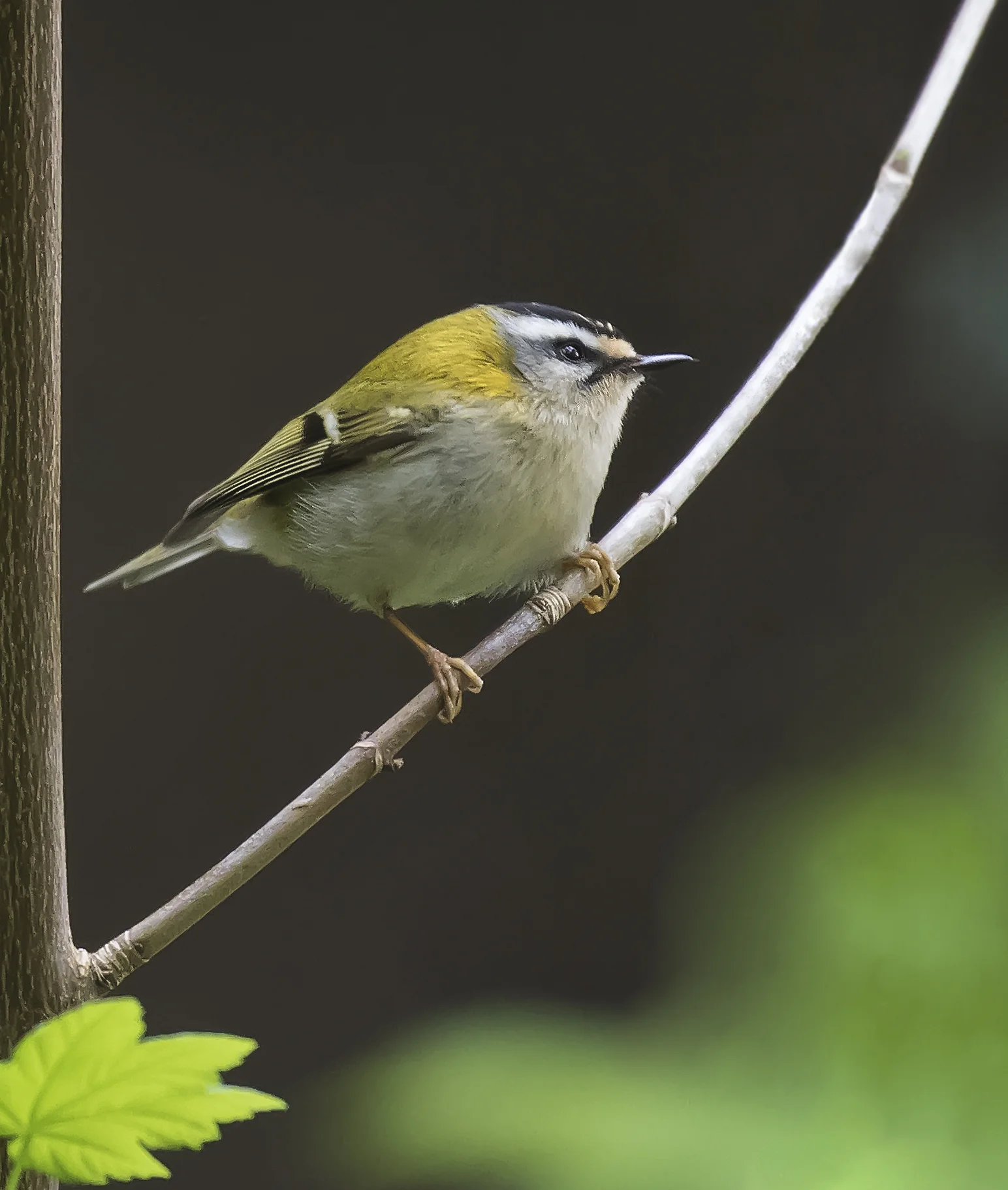What is a Schedule 1 Bird?
Why should you care?
How can you help?
What are the rules?
Wildlife photography is becoming quite popular in this country and why not? We have amazing wildlife on our doorstep and technology is improving at a rapid rate so everyone can enjoy this hobby and get something rewarding out of it.
Photography however is an added extra for me and though I very much so enjoy taking photographs and showing you all what is on your doorstep, the most important thing for me is to protect our wildlife. There are rules to follow and species that even I can't take pictures of given the right circumstances (breeding).
1a. A Schedule 1 Bird is a Red Listed Species of bird that has decreased in population so badly in the last 25 years that it is automatically protected by law in order to give them the best chance they can to re-establish their population.
2a. You should care because, if caught disturbing one of these birds during the breeding season, you could be prosecuted over £5000 and serve up to 6 months in prison.
3a. You can help the cause by joining your local conservational groups like RSPB or Wildlife Trust that actively seek to improve sites and protect our greens spaces in order for these birds to re-establish themselves. There are lots of passionate people like myself who spend every day trying to ensure that scheduled 1 birds are protected and have the best chance they can get so that one day we can see more of them without the need of a schedule 1 licence.
4a. This is where things get a little complicated but I have found a great document that explains it all really well in perfect detail and here is the link. - The blurry part in all this is how you judge whether you are disturbing the bird(s) or not and what distance is a safe distance to observe.
Disturbance
The best way to understand disturbance, whether intentional or reckless (ie pursuing a course of action while consciously disregarding the fact that the action gives rise to a substantial and unjustifiable risk), is to think that it includes any action that causes a nesting Schedule 1 bird to behave differently to how it would behave if the photographer wasn’t there.
This includes getting too close and flushing, alarming, or causing a nesting bird listed on Schedule 1 to stop what it was doing; and/or using a recording/tape lure that causes a nesting bird listed on Schedule 1 to react in any way at all whether that behaviour is a ‘normal’ response to hearing the call or not.
It is not an excuse for a person to claim that they thought that no nesting activity was taking place.
In basic terms, when it comes to Schedule 1 birds, if a photographer does anything that causes a nesting adult or their young to change behaviour they are breaking the law.
Additionally irresponsible disturbance may put a bird at risk, cause a nest to fail, or allow eggs or dependent young to be predated or harmed.
If you are unsure what distance is best to keep away from these birds then you are better off staying well away until you seek advice from a professional. You only need change its behaviour to be breaking the Law and that really puts it in perspective.
Don't be mistaken though, you can't always help seeing/being next to a schedule 1 bird and sometimes you stumble upon them or they stumble upon you but it is the course of action you take that determines whether you are disturbing those birds. The Firecrest at the start of last month is a perfect example of this, as a group of us literally opened the car door to a Firecrest and the photograph confirmed the sighting and we swiftly moved on. We were there for all of 2 minutes and as a result of the sighting, a survey will be conducted by myself and Tom Chinnick (County Recorder for GOS) to evaluate how many singing males are in that particular location (if any).
Don't be afraid of reporting any sightings of Schedule 1 birds because sharing locations is important, but! Make sure it is privately and to correct people. Please email any of these sightings to Tom Chinnick if you live in Gwent, otherwise, please contact your location Ornithology Society privately.
Schedule 1 Bird List
Avocet, Bee-eater, Bittern, Little Bittern, Bluethroat, Brambling, Cirl Bunting, Lapland Bunting, Snow Bunting, Honey Buzzard, Capercaillie (Scotland only) Chough, Corncrake, Spotted Crake, Crossbills (all species) Divers (all species) Dotterel Duck, long-tailed Eagle, golden Eagle, white-tailed Falcon, gyr Fieldfare Firecrest Garganey Godwit, black-tailed Goshawk Grebe, black-necked Grebe, Slavonian Greenshank Gull, little Gull, Mediterranean Harriers (all species) Heron, purple Hobby Hoopoe Kingfisher Kite, red Merlin Oriole, golden Osprey Owl, barn Owl, snowy Peregrine Petrel, Leach's Phalarope, red-necked Plover, Kentish Plover, little ringed Quail, common Redstart, black Redwing Rosefinch, scarlet Ruff Sandpiper, green Sandpiper, purple Sandpiper, wood Scaup Scoter, common Scoter, velvet Serin Shorelark Shrike, red-backed Spoonbill Stilt, black-winged Stint, Temminck's Stone-curlew Swan, Bewick's Swan, whooper Tern, black Tern, little Tern, roseate Tit, bearded Tit, crested Treecreeper, short-toed Warbler, Cetti's Warbler, Dartford Warbler, marsh Warbler, Savi's Whimbrel, Woodlark, Wryneck

